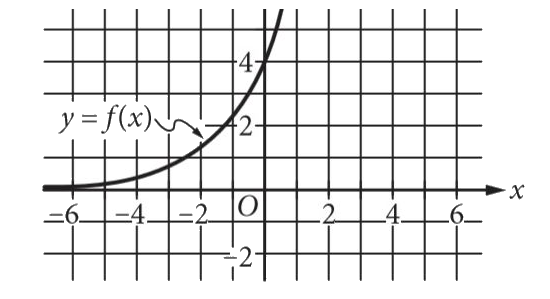Newton's second law for translation motion in the xy plane is ∑→F=m→a, Newton's second law for rotation is ∑Tx=lαx. Consider the case of a particle moving in the x-y plane under the influence of a single force.
Both →F=m→a and Tx=Iαx must be used to analyze the motion of this particle .
Either →F=m→a or Tx−lαx , can be used to analyze the motion of this particle.
Only →F=m→a needs to be used to analyze the motoin of this particle
Only Tx=lαx can be used to analyze the motion of this particle.
The correct Answer is:B
To solve the problem regarding the motion of a particle in the xy-plane under the influence of a single force, we will analyze both translational and rotational motion using Newton's second laws.
1. Identify the Forces Acting on the Particle:
- We start by recognizing that the particle is subjected to a single force, which we can denote as →F. This force will influence the particle's motion in both the x and y directions.
2. Apply Newton's Second Law for Translation:
- According to Newton's second law for translational motion in the xy-plane, we have:
∑→F=m→a
- Here, ∑→F represents the vector sum of all forces acting on the particle, m is the mass of the particle, and →a is the acceleration vector of the particle.
3. Resolve the Force into Components:
- If the force →F has components Fx and Fy, we can express it as:
→F=Fx^i+Fy^j
- The acceleration can also be resolved into its components:
→a=ax^i+ay^j
4. Set Up the Equations for Each Direction:
- From the translational motion equation, we can write two separate equations for the x and y directions:
Fx=max(1)
Fy=may(2)
5. Apply Newton's Second Law for Rotation:
- If the force →F acts at a distance r from the axis of rotation, we can consider the torque τ produced by this force:
τ=r×F
- According to Newton's second law for rotation, we have:
∑τ=Iα
- Here, I is the moment of inertia about the axis of rotation, and α is the angular acceleration.
6. Combine Both Analyses:
- For a complete analysis of the motion of the particle, we must consider both translational and rotational equations. Therefore, we will use both:
∑→F=m→aand∑τ=Iα
Conclusion:
To analyze the motion of a particle in the xy-plane under the influence of a single force, we utilize both translational and rotational forms of Newton's second law. Thus, the correct approach is to apply both ∑→F=m→a and ∑τ=Iα.
- We start by recognizing that the particle is subjected to a single force, which we can denote as →F. This force will influence the particle's motion in both the x and y directions.
- According to Newton's second law for translational motion in the xy-plane, we have:
∑→F=m→a
- Here, ∑→F represents the vector sum of all forces acting on the particle, m is the mass of the particle, and →a is the acceleration vector of the particle.
- If the force →F has components Fx and Fy, we can express it as:
→F=Fx^i+Fy^j
- The acceleration can also be resolved into its components:
→a=ax^i+ay^j
- From the translational motion equation, we can write two separate equations for the x and y directions:
Fx=max(1)
Fy=may(2)
- If the force →F acts at a distance r from the axis of rotation, we can consider the torque τ produced by this force:
τ=r×F
- According to Newton's second law for rotation, we have:
∑τ=Iα
- Here, I is the moment of inertia about the axis of rotation, and α is the angular acceleration.
- For a complete analysis of the motion of the particle, we must consider both translational and rotational equations. Therefore, we will use both:
∑→F=m→aand∑τ=Iα
To analyze the motion of a particle in the xy-plane under the influence of a single force, we utilize both translational and rotational forms of Newton's second law. Thus, the correct approach is to apply both ∑→F=m→a and ∑τ=Iα.
Similar Questions
Knowledge Check
Which one of the following statement is not ture about Newton's second law of motion →F=−−→ma ?
AThe second law of motion is consistent with the first lawBThe second law of motion is a vector law.CThe second law of motion is applicable to a single point particle.DThe second law of motion is not applicable to a single point particle.
For rotational motion, the Newton's second law of motion is indicated by :-
View SolutionAssertion: Newton's second law of motion gives the measurement of force.
Reason: According to Newton's second law of motion, force is directly proportional to the rate of change of momentum.
View SolutionA : Newton's second law of motion gives the measurement of force.
R : According to second law of motion, force is directly proportional to the rate of change of momentum.
View SolutionState Newton’s second law of motion. How does it help to measure force? Also state the units of force.
View SolutionThe coordinates of a particle moving in XY-plane very with time as x=4t2,y=2t. The locus of the particle is
View SolutionIn non inertial frames,Newton's second law of motion is written as
where a= acceleration of the body, relative to the non-inertial fram and Fp is the pseudo force.
View SolutionFor a particle showing motion under forces F=−5(x−2) , the motion is
View Solution

